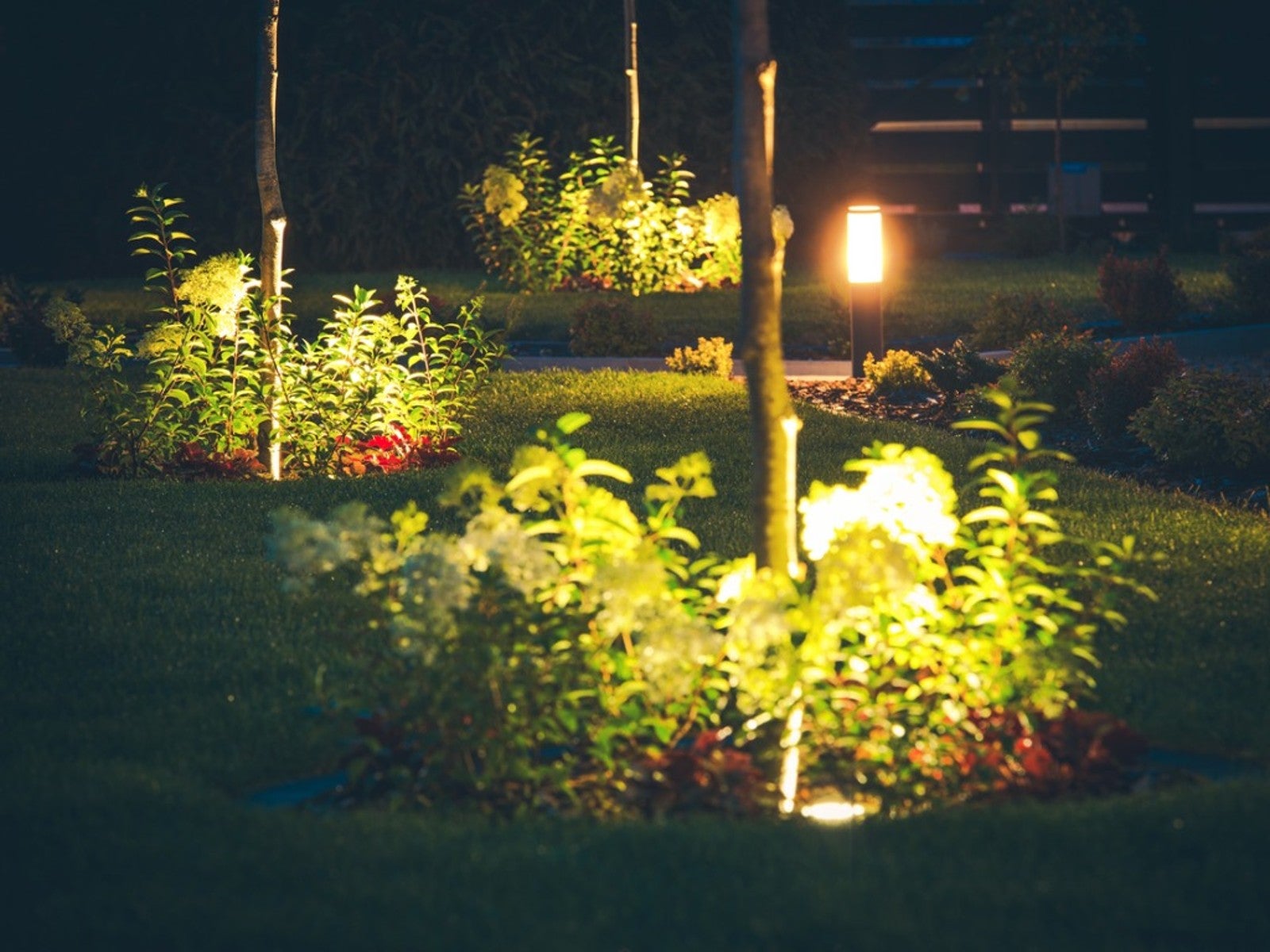Negative Effects Of Night Lights For Outdoor Trees


Anyone who sleeps in a bedroom that looks out on a nearby streetlight knows the effects of light pollution on humans. Artificial lights that you can’t turn off at night disrupt your normal sleep patterns. Have you ever wondered the effect of streetlights on trees?
While streetlights help get people home safely at night, and outdoor tree lighting can look nice in the back yard, strong nighttime lighting can affect a tree’s biological clock, potentially disrupting their familiar day-night cycle. This can throw off natural flower production and entry into dormancy.
Outdoor Lighting for Trees
Almost everything that human beings do to change their environment impacts both animals and plants, including trees. Much of the impact is negative. When it comes to the effects of light pollution it is well known that this changes bird migration patterns. What does it do to trees, though?
Intense outdoor lighting definitely impacts the day-night cycle to which trees have adapted over millennium. While most of us are aware that trees need a certain amount of sunlight to photosynthesize energy for growth, a period of darkness is equally important.
Artificial Lighting and Trees
Artificial lights can also affect trees’ biological clocks, potentially disrupting the day-night cycle to which trees have evolved to respond. This can result in changes in flowering timing, the promotion of continuous growth, and the prevention of dormancy, a state which allows trees to survive the winter.
Not all outdoor tree lighting is the same – think soft solar-powered garden pathway lights vs. powerful spotlights on trees – and not every tree is affected in the same way by the light. The tree response depends on the kind of lighting, the intensity of radiation emitted, and the tree species’ tolerance of light stress.
Photosynthesis and Outdoor Tree Lighting
Outdoor lighting for trees can impact the tree’s biological processes, including annual cycles of growth and reproduction in trees. These processes are generally controlled by day length, which means that when trees are exposed to artificial lighting at night, it can throw off their cycles.
Sign up for the Gardening Know How newsletter today and receive a free copy of our e-book "How to Grow Delicious Tomatoes".
To accomplish photosynthesis, the tree needs visible blue and red light. This process can use either natural or artificial light. Therefore, artificial night lighting doesn’t impact it much or at all. This is not true of changes in day length.
Effects of Light Pollution: Changes in Day Length
Many types of trees are sensitive to day length. When a tree’s day length is changed by artificial night lighting, it can alter both vegetative growth and reproductive activities. Continuous night lighting, like spotlights on trees that remain on all night, has the greatest negative effects.
That’s because continuous light causes some trees to continue to grow when they should be going into dormancy, a state that permits them to survive the cold winter to come. This is particularly a danger for younger trees, since their vigor allows them to grow longer naturally, making them more subject than mature trees to cold injury.
Steps that Can Help
Now that you know the effects of light pollution on trees, you may be able to take steps to reduce it. Remove or turn off all non-essential artificial tree lighting. For lighting that's essential, opt for lamps using mercury vapor, metal halide, or fluorescent lamps, in this order of preference.
Avoid both high-pressure sodium lamps and low-intensity incandescent lights, since they have a high output of infrared lighting that negatively impacts some trees. It’s also a good idea to shield your light fixtures to direct the light toward the ground. Light shining horizontally to great distances should be avoided, as well as lights directed toward trees and plants.
Don’t leave the lights on all night. Turn them off or, at the very least, dim them when you are able to avoid the significant damage to trees resulting from continuous lighting. What if you are putting in new trees in an area near streetlights? Pick trees with lower sensitivity to light.

Teo Spengler is a master gardener and a docent at the San Francisco Botanical Garden, where she hosts public tours. She has studied horticulture and written about nature, trees, plants, and gardening for more than two decades, following a career as an attorney and legal writer. Her extended family includes some 30 houseplants and hundreds of outdoor plants, including 250 trees, which are her main passion. Spengler currently splits her life between San Francisco and the French Basque Country, though she was raised in Alaska, giving her experience of gardening in a range of climates.